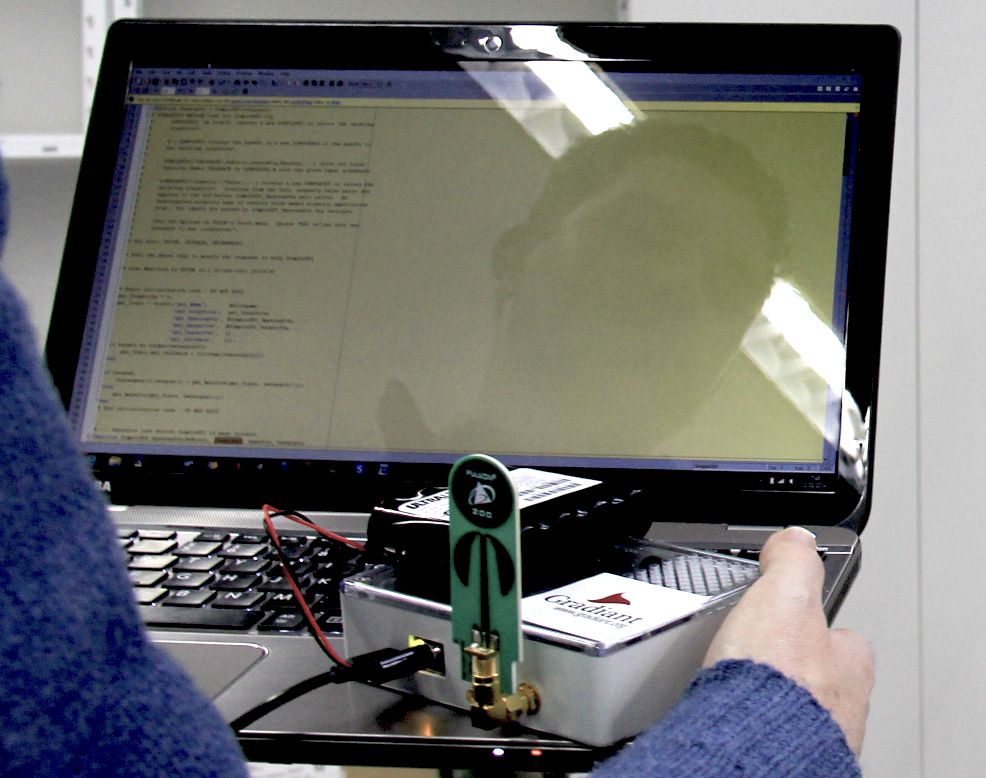Pablo González
The term ultrawideband refers to any system which employs a large bandwidth or frequency range, compared with common communication systems. This wide bandwidth allows very high data rates, just by making use of similar algorithms and processing techniques to those employed by regular communication systems. Ultrawideband, though, is much more than that; in fact, current research trends in this topic are focused on other potential applications, rather than on high rate communications.
First of all, ultrawideband involves the transmission of trains of very short pulses, and these pulses can be used to measure distances with significant precision. Some existing commercial platforms achieve precisions of centimeters over ranges longer than a hundred meters. These possibilities, along with recent electronic developments, make this technology a promising alternative for indoors positioning, where satellite-based location systems such as GPS are ineffective. Further on, those pulses can be used to transfer data at low or medium rates at short distances, and this combination of precise positioning and communications capabilities greatly benefits the recently proposed concept of Internet of Things, as well as traditional wireless sensor networks.
Radar systems can also take advantage of high temporal resolution to obtain detailed information about the surroundings. Besides, low frequency electromagnetic waves penetrate into the ground, brick walls or ice, so using ultrawideband over these frequencies allows many interesting applications, such as “through-wall vision” with centimetric resolution, or pavement surveying.

Gradiant maintains a great interest in the different fields of application of this technology, especially in its use for indoors positioning, already mentioned, and non-contact breathing and heart rate detection; an idea that can be applied to patient monitoring in hospitals, sleep apnea diagnosis or even to search operations of people buried under debris.
In conclusion, ultrawideband has lots of innovative applications that make it a valuable technology for the future.


